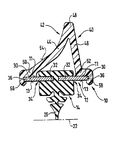Apple and the Slide to Unlock Patents!
- On October 25, 2011 the USPTO granted Apple a patent (8,046,721) for "Unlocking a device by performing gestures on an unlock image". Almost every touchscreen smartphone manufactured, uses slide to unlock technology. It seems like the Apple patent, could potentially be a problem for smartphone manufactures. However, many individuals propose that this patent should not have been issued because of the prior art that was available, such as the Neonode N1m which has been discontinued. It seems like many people forgot that Apple already has patented the slide to unlock feature, (Patent 7,657,849—which is cited in the "721" patent) so unless the Neonode has related prior art before December 23, 2005, the Neonode is not prior art. The "721" patent is a continuation of the "849" patent, therefore the "849" patent is not counted as prior art. As a result, the "849" patent is not invalid in light of the "721" patent, and most likely if the prior "721" patent has not been found invalid, nor will the "849" patent. [Patent] [Neonode] [Link]
Sony Buys Ericsson Patents and Holdings for $1.5 Billion
- Sony Ericsson has ended its joint venture and the 2 companies will go their separate ways. Sony paid Ericsson nearly $1.5 billion for the mobile phone joint venture, which will give Sony rights to smartphone patents held by Ericsson. Sony now expects to try to increase their market share. Sony held a market share of 11 percent (by value) in the Android phone market in the last quarter, representing 80 percent of the company's third quarter sales. 2011 has been the year of billion dollar patent deals, and it can be expected that many more patent deals relating to smartphones will be made in the future. [Link] [Link]
Call for Papers!
-
The Third Annual Special Issue and Symposium for the Review of IP law (RIPL) will take place on April 19, 2012 in Chicago. The general theme will be "IP Law of China and the US" and subthemes cover the implementation of the new Chinese patent, copyright and trademark laws and theoretical or practical aspects of the cooperation of the IP laws of the US and China.
The Special Issue and Symposium aims to gather professional and scholars from many disciplines including IP, international law, international business, ethics, and economic theory. The Symposium will bring an inspiring group of individuals to publish their writings and present their works at the symposium. [Link]
Patent Jobs:
- Apple is seeking a patent portfolio manager, with a minimum 5 years of patent preparation experience. [Link]
- Klarquist Sparkman, LLP is searching for litigation associates with 1-2 years of experience in IP litigation. [Link]
- Klarquist Sparkman, LLP is looking for a biotechnology patent associate or patent agent with 3+ years of experience. [Link]
- Bacon & Thomas is seeking a patent attorney with 1-4 years of experience and a mechanical or electrical background. [Link]
- Global Patent Group is searching for a patent attorney or patent agent with a background in plant biology and a Ph.D. [Link]
Upcoming Events:
- On October 28, the Annual Utah Cyber Symposium will take place. The Symposium will provide business and legal decision-makers in attendance from the business, academic, and legal communities a forum to learn more about legal and business challenges and opportunities facing the high tech industry today. Key business and legal leaders will instruct on how to improve your professional performance and bottom line, including the DOJ, Venture Capitalists, Professors, Business Leaders and Leading Attorneys. [Link]
- The Chicago-Kent Intellectual Property Law Society is hosting the "Patent Wars Round Table" on November 2, 2011 at 5:30 PM. The event will include a panel discussion on current trends in IP law, namely, the recent paradigm shift in patent strategy and valuation in mobile device companies. Panelists include David Ruder of RPX, Ragnar Olson of Global IP, John Paniaguas of Katten Muchin, and Pat Burns of Greer, Burns & Crain, and will be moderated by Professor Christopher Seaman of Chicago-Kent. Cost is $20 and includes open bar and appetizers. [Link]
- K&L Gates is holding a free webinar on Nov. 3 entitled "How the Patent Reform Act will Impact Your Business." The Act includes many changes, large and small, affecting subjects as far-reaching as the available appeals from reexaminations to the subject matter eligibility of tax planning methods and human organisms. The webinar will include a presentation and question and answer session. [Link]
- Whittier Law School's Center for IP Law and Law Review will host the 29th Annual Law Review Symposium: The Law of the Smart Phone on November 4th. The symposium will feature presentations and panel discussions devoted to the privacy, regulation, economics, and intellectual property issues surrounding smart phone technology. Guest speakers include, Gerald Faulhaber, Mark Roark, Alan Friel, Susan Freiwald and many others. [Link]
- World Research Group, an official Patently-O Jobs sponsor, is hosting the 3rd Annual Social TechNet Intellectual Property Forum Nov. 16-17 in New York. This conference provides solutions to the most prevalent in-house software and online IP protection and management issues. (Patently-O readers can save $200 by using promo code ABY668) [Link]
- IBC will hold a Standards and Patents Conference in London on November 16th & 17th. The conference will analyze the interplay between standards, intellectual property and competition law. There will be 28 speakers representing various organizations, such as, the European Commission, Mr. Justice Floyd, IBM, Qualcomm Europe, Nokia, GE Healthcare and Intel. (Patently-O readers receive a 10% discount) [Link]
- IBC will hold a US Patent Reform Congress Conference on November 18th in London. The conference will focus in the impact of the Leahy-Smith America Invents for the European practitioner, with expertise from the EPO, AIPLA, USPTO and more. (Patently-O readers receive a 10% discount) [Link]
- The American Conference Institute's 2nd Annual Forum on: Paragraph IV Disputes will be held in San Francisco on December 7th. Experienced faculty of renowned litigators and judges will guide attendees through every stage of a Paragraph IV challenge to help them formulate offensive moves and defensive plays. (Patently-O readers can receive a discount by registering with code PO 200) [Link]
- IBC Legal is holding a conference on International Patent Litigation 2011 in London on December 7th-8th. Use VIP Code FKW82249PO to get a 10% discount. [Link]
- The WSBA IP Section, WSPLA, IEEE IP Professional Initiative, and the University of Washington School of Law's Law, Technology & Arts Group will be presenting an all day CLE at the University of Washington School of Law on Friday, December 9, 2011 on the impacts of the America Invents Act.
Contact Lawrence.Higgins@patentlyo.com with leads for future Bits and Bytes.
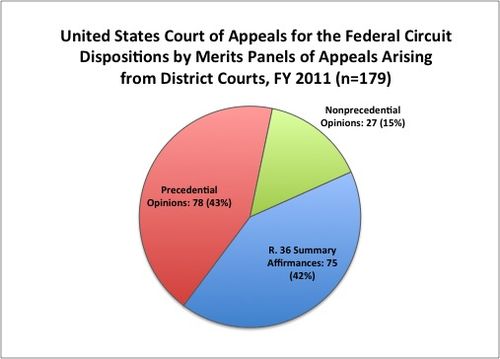
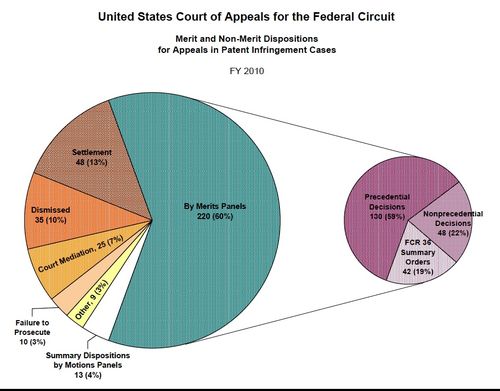
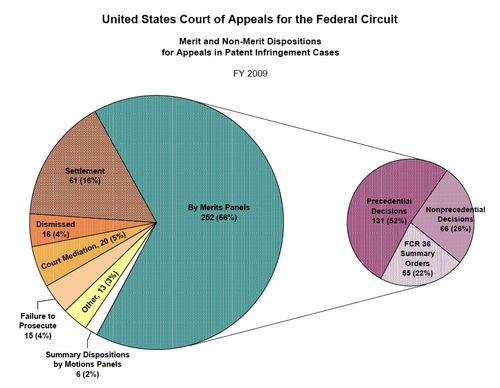

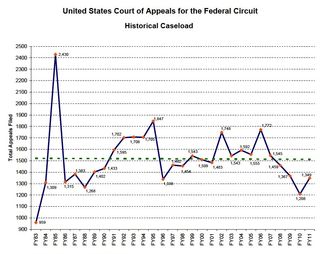
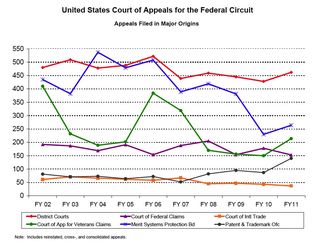
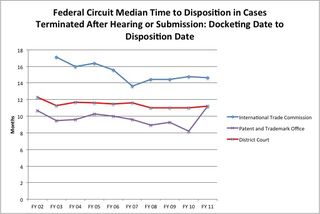

 By Dennis Crouch
By Dennis Crouch  It is in this broader context that that I see Professor Rob Merges’ new book
It is in this broader context that that I see Professor Rob Merges’ new book 
